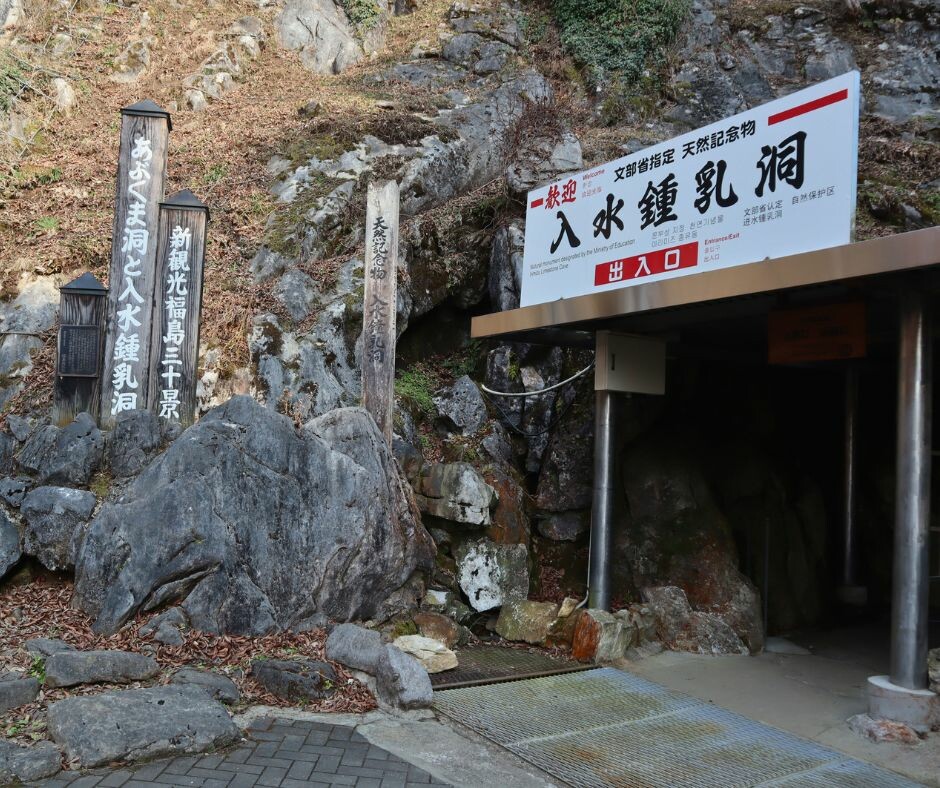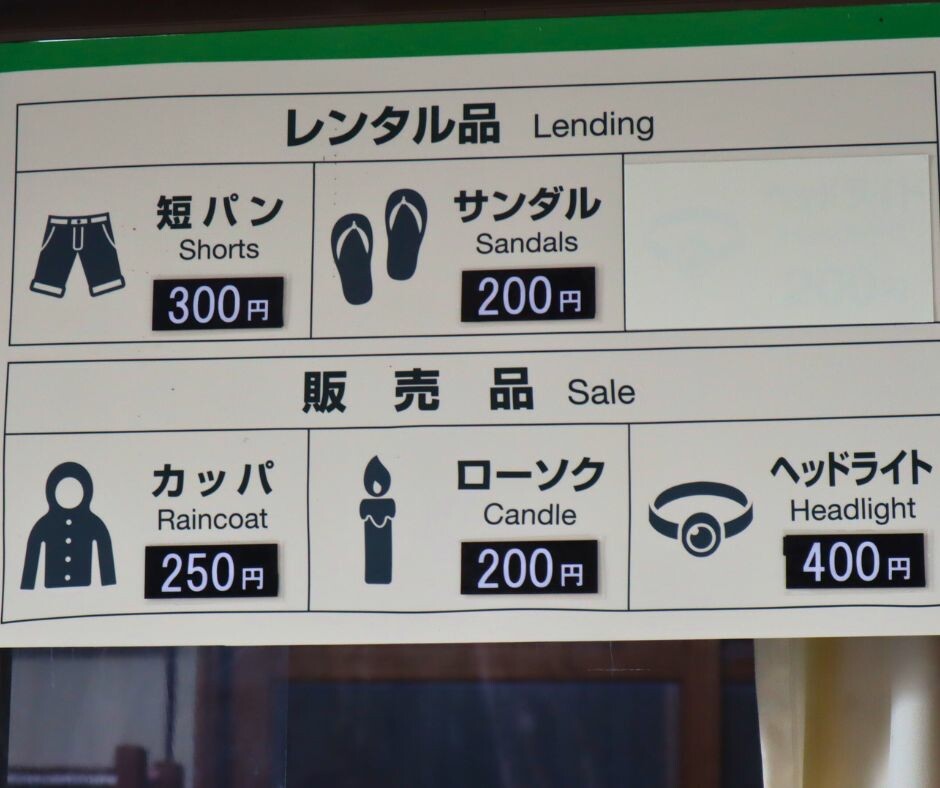
Kasumigajo Castle Park (Nihonmatsu Castle)
Nihonmatsu Castle was built in 1643 by Mitsushige Niwa, the first feudal lord of the Nihonmatsu Domain. This domain had command over a territory producing 100,000 koku of rice (one koku being the amount of rice needed to feed one man for a year) and Nihonmatsu Castle was one of the strategic points used by the Tokugawa Shogunate forces. The castle fell in Boshin War after a fierce battle, precipitating the tragedy of the Nihonmatsu Youth Corps.Today, the castle ruins have been turned into a prefectural natural park, with the stone walls being the only structures remaining from the old days. The seasonal beauty of the landscape with the restored castle and the surrounding natural environment is a soothing experience for visitors, particularly in the spring when the 1,700 cherry trees in the park are in full bloom, making it seem as if the castle is surrounded by haze of blossoms. This is why Nihonmatsu Castle is also referred to as "Kasumigajo" (meaning "castle in the mist").In autumn, the park is crowded with visitors to Japan's largest chrysanthemum doll festival.










